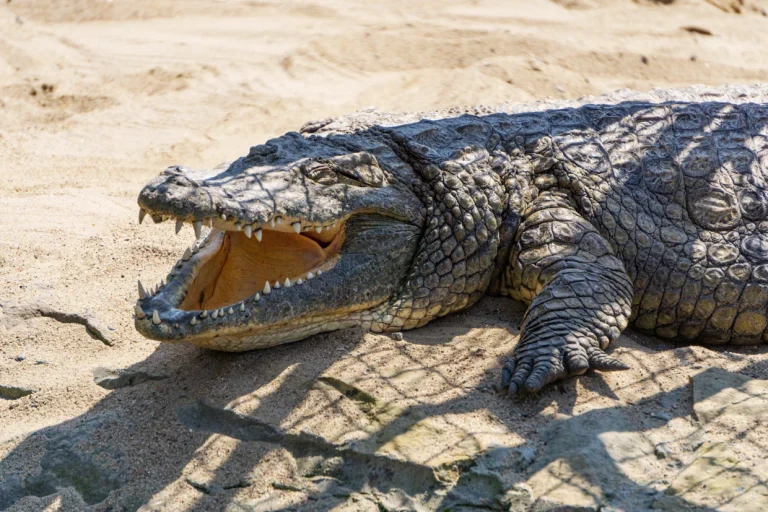In northern Australia, rangers have taken decisive action by euthanizing a 14-foot crocodile following its fatal attack on a 12-year-old girl who was swimming with her family. The incident, which occurred last week near Palumpa, an Outback Indigenous community in the Northern Territory, marks the first fatal crocodile attack in the region since 2018, when an Indigenous woman lost her life while gathering mussels in a river. The tragic event has reignited discussions regarding the management of the protected saltwater crocodile population, which has increasingly come into contact with human settlements.
Wildlife rangers had been diligently attempting to trap or shoot the crocodile ever since the attack in Mango Creek. Their efforts culminated on Sunday when they received authorization from the region’s traditional landowners to proceed with shooting the animal. Saltwater crocodiles hold significant cultural significance as totems for many Indigenous Australians, further complicating the management and conservation efforts surrounding these apex predators.
Authorities confirmed through analysis that the euthanized crocodile was indeed responsible for the girl’s death. Senior Sergeant Erica Gibson expressed the profound impact of the incident on the family and community, emphasizing ongoing support efforts by local police.
According to crocodile scientist Grahame Webb, the size of the crocodile involved indicates it was likely a male of at least 30 years old. These creatures continue to grow throughout their lives and can live up to 70 years, underscoring the challenges in managing their populations effectively.
This tragedy has occurred amidst recent debates and policy shifts regarding crocodile management in the Northern Territory. Just weeks prior to the incident, the Northern Territory government had approved a comprehensive 10-year plan aimed at controlling crocodile numbers. The plan includes a significant increase in culling efforts near human habitats, raising annual culling rates from 300 to 1,200 crocodiles per year.
The rationale behind these measures lies in the need to ensure that crocodile populations do not surpass human populations in a territory as vast as the Northern Territory, which spans an area comparable to France and Spain combined but supports only a quarter million people. Estimates place the crocodile population at around 100,000, a stark contrast to their near extinction levels of approximately 3,000 before protective legislation was enacted in 1971.
Despite human efforts to manage crocodile populations, Webb notes that these creatures have somewhat stabilized their own numbers in recent years through intraspecies predation. “They eat each other. The crocs have been controlling their own population. It’s not really people that have been controlling them,” Webb remarked, shedding light on the complex ecological dynamics at play.
As the Northern Territory continues to grapple with balancing conservation efforts and human safety in relation to its formidable crocodile population, the tragic loss of the young girl serves as a poignant reminder of the challenges and responsibilities inherent in managing wildlife conservation in regions where human and animal territories intersect.

